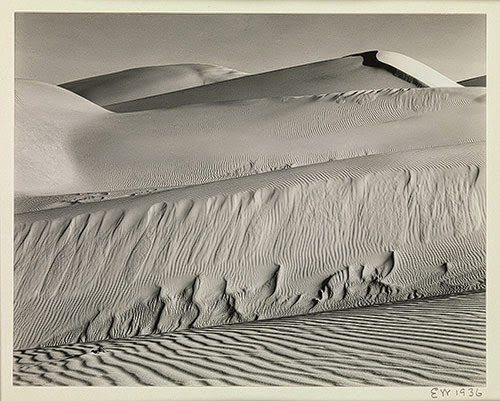The Bauhaus was an art school that operated in Germany from
1919-1933.
It was an art school that combined crafts and fine arts which became famous for the approach to design that it publicised and taught.
It initiated a fresh approach to design following the First World War with a focus on functionality rather than adornment.
Walter Gropius was an architect and the founder of The Bauhaus in Weimar, however through it's existence it was ran under three different directors and in 3 different cities.
Weimar: 1919-1928
Dessau: 1925-1932
Berlin: 1932-1933
Walter Gropius: 1919-1928
Hannes Meyer: 1928-1930
Mies Van der Rone: 1930-1933
Designs often consist of a range of solid shapes that combine together to look simplistic but sometimes busy. Typography is usually amongst the designs, often sans-serif fonts such as Futura. In some instances text is placed along the outer/inner lines of shapes which I think looks effective.
Their unique style was influential to many areas of design such as art developments, architecture, graphic design, industrial design and typography.
Here is an example of work that I have done using Illustrator in the style of Bauhaus. I have used shapes, colours and text in the way that I interoperate the movement based on examples that I have seen in my research.







































